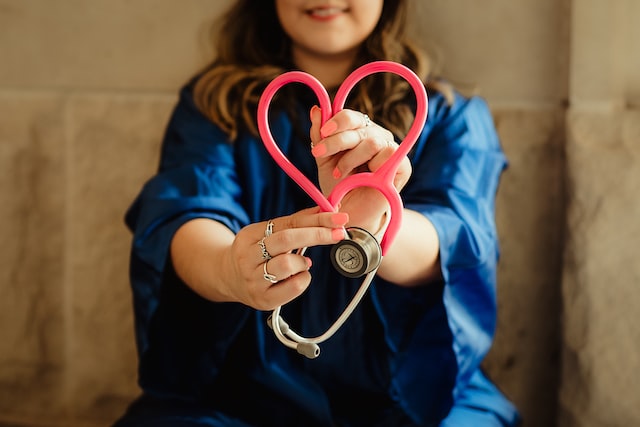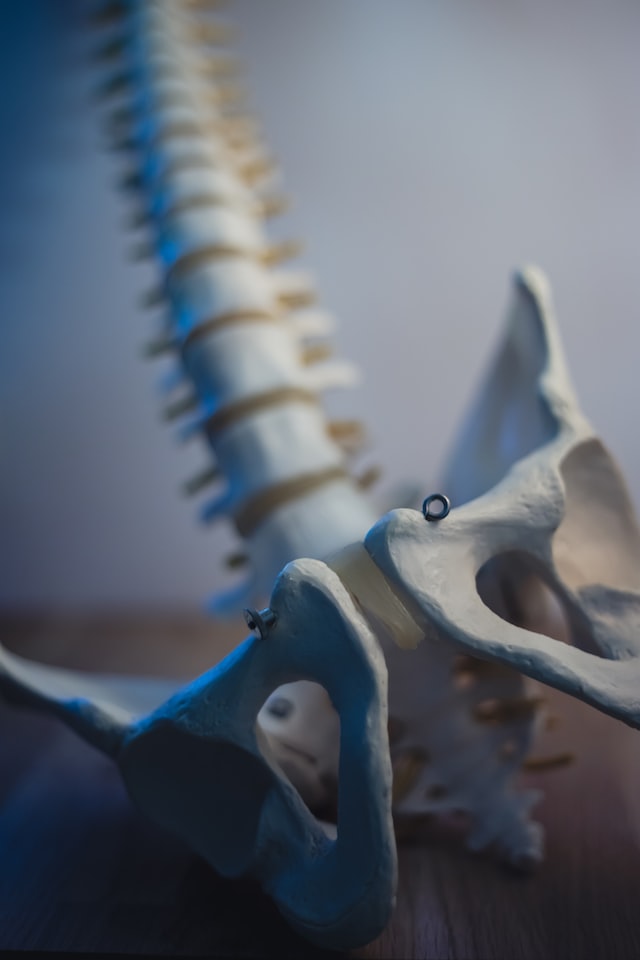What does the cardiovascular center do? The cardiovascular center is a part of the autonomic nervous system that regulates the heart’s output. It’s located in the medulla oblongata and is made up of three distinct regions: the cardio accelerator center, the cardioinhibitor center, and the vasomotor center. Let’s learn more about how this part of the brain controls the heart’s output, its different functions and several cardiac centers such as San Diego cardiac center, etc.
Functions of the cardiac center
The cardiovascular center is located in the medulla oblongata of the brainstem. This region controls the heart rate and mediates respiratory sinus arrhythmia. Moreover, this area receives input from specialized baroreceptors in the atria, triggering increased sympathetic and lower parasympathetic stimulation. The cardiac center also regulates blood flow by suppressing the parasympathetic nervous system and increasing sympathetic stimulation.
Blood circulation is a continuous process; the heart functions as a pump that pushes the blood through the blood vessels. As a result, the blood vessels are divided into oxygen-rich and oxygen-poor parts. The aorta is an example of an artery that functions in the left ventricle. It splits into two smaller arteries. When the aorta is functioning properly, it supplies enough oxygen to every part of the body.
Sympathetic stimulation of the venous system increases venous return to the heart. This increased venous return contributes to ventricular filling, EDV, and preload. Most ventricular filling occurs when both atria and ventricles are in diastole, while the atrial kick contributes the last twenty to thirty percent. These two functions of the heart are essential for maintaining a healthy body.
Mechanisms of autonomic nervous system control of heart rate
The autonomic nervous system controls many physiological functions. It comes into play when homeostatic mechanisms change or physiological changes accompany physical exercise. These changes can include a greater heart rate, stronger breathing, activation of sweat glands, and suspension of digestive activities. These changes occur like the fight-or-flight response. For example, during exercise, the autonomic nervous system is responsible for maintaining the right heart rate.
The autonomic nervous system controls the cardiovascular system through its sympathetic and parasympathetic divisions. The sympathetic division regulates cardiac muscle contractility and stroke volume, influencing the adrenal medulla and vasomotor tone. Parasympathetic nerves influence the manner of some blood vessels and have little effect on arterial blood pressure. These two divisions work together to regulate heart rate and blood pressure.
Effects of parasympathetic stimulation on heart rate
The effects of PSNS on heart rate are complex, and different subtypes of muscarinic receptors have different actions. The parasympathetic system inhibits the activity of the sympathetic nervous system, causing the heart rate to slow. This slowing effect increases blood flow. It also decreases the rate of atrial action potentials, which inhibits the funny current. Parasympathetic stimulation of heart rate decreases contractility, which helps improve cardiac output.
In addition, the HRV parameters correlated with the behavioral expression of the stimulation-by-emotion interaction, which was reflected in participants’ ratings of their fearful reactions. NN50, pNN50, and HRV showed positive correlations with the two variables. The HF and LF spectrums showed a negative correlation with both CS and behavioral expression.
Effects of sympathetic stimulation on stroke volume
Studies have shown that increased sympathetic activation increases stroke volume. The sympathetic nervous system controls internal organ homeostasis and initiates the stress response. Therefore, increased sympathetic activity increases cardiac output and stroke volume. However, these findings have some limitations. Further research is needed to determine the effects of sympathetic stimulation on the heart.
The arterial baroreflex detects changes in blood pressure through the afferent nerve endings known as baroreceptors. A small change in blood pressure stimulates baroreceptor firing and increases heart rate. Both of these effects increase stroke volume and heart rate.





Leave a Reply